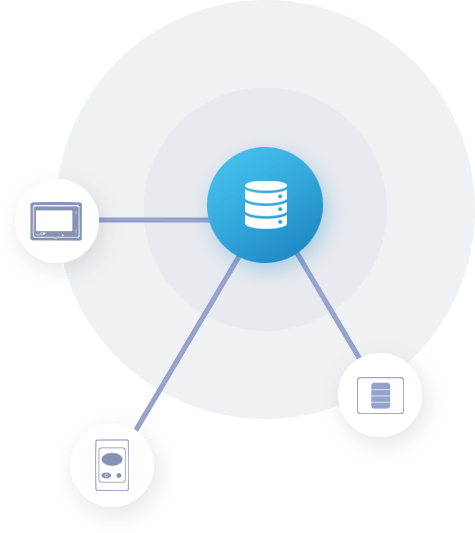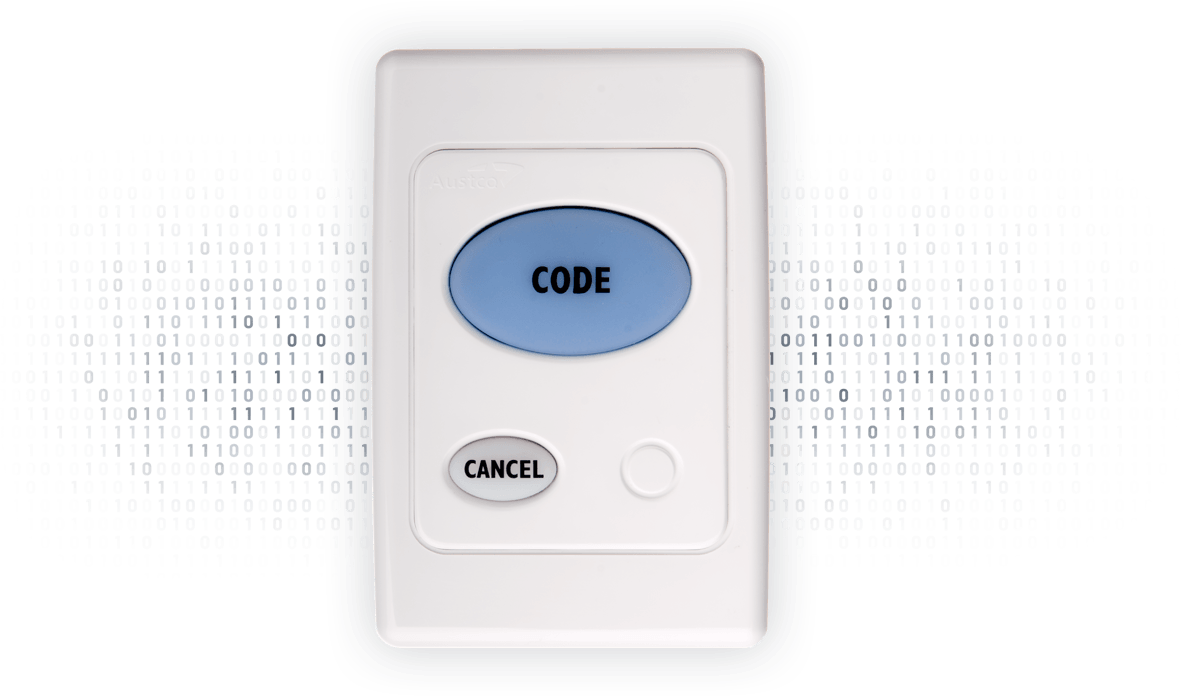IP Nurse CallNurse Call has come a long way from button and buzzer systems. Today, nurse call systems are sophisticated data platforms, and the application of IP technology is what set this evolution in motion.

Hard-wired nurse call systems were the standard
Historically, nurse call systems were hard-wired electrical systems. They fell under the purview of facilities maintenance. Hard-wired systems are not flexible:
- They can’t “talk” to any other system.
- They don’t transmit any information other than an electrical signal “on” or “off”.
- There’s no way to record the button pushes
- There’s no way to indicate critical vs. routine calls
Data silos still exist
IP technology provides the potential for systems to communicate. Whether they do or not depends on the system, the vendor, and to what degree a facility mandates that data be made available. Fortunately, things are starting to loosen; the industry has made strides in achieving true interoperability.
IP technology: Adding intelligence to an electrical system

Internet Protocol
Internet Protocol (IP) technology is what powers the internet, and it functions in much the same way for nurse call. The components of the nurse call system – call points, lights, touchscreens, master stations – talk to servers, just as your browser does when you visit a website.
Every component has an IP address
The server always knows which button was pressed and which light to activate in response. When pressed, the call buttons send packets of data instead of an electrical signal. IP technology is what moves Nurse Call from a hardware-based system to a software and data system.
Once all the components are transmitting data, we can do several things with the data.
What can IP Nurse Call do?
Central administration for enterprise deployment
Nurse call systems operate on a computer network, and IP technology means every element has an address, and can be reached from a central point. This enables scalability for large deployments.
Nurse call data can be sent to smart devices
IP technology is what allows us to send an alarm to a pager. Or a text message to a cell phone.
It means we can incorporate smart phones into the nurse call system, and use voice over IP (VoIP) communication to allow patients to talk to their caregivers directly. Austco integrates with the leading 3rd-party phone manufacturers and we have our own app for iOS and Android that runs natively on a smartphone.
Integration with other systems
IP technology allows the nurse call system to integrate with any other clinical or building system with no middleware.
Some common integrations are RTLS, fire and security, smart beds, EMR/EMH, smart pumps and telemetry devices, scheduling software, patient infotainment, and room controls like tv, blinds, lights, and thermostat.
Take specific actions based on different call types
We know if a patient needs water, help to the bathroom, if they are in pain, or any other message they need to communicate to the care staff.
And we can route those calls accordingly: bathroom or water might go to their care tech, housekeeping to EVS, and pain or general call might be the only thing that is sent to the patient’s RN.
Nurse Call data saved for audit and reporting
Now that devices are sending data instead of electrical signals, we can save that data in a database. Information like alarm start and end times, location, call type, and number of escalations hit are all sent when a button is pushed.
Advanced information like which staff member responded, how long they took to respond, and how long they were in the room are available with data from the locating system. Depending on which systems are integrated, you will be able to see more data points in your reports.
IT-friendly equipment and deployment
The nurse call system can be deployed with virtual servers and standard network switches.
Check with your vendor; a good system should not need multiple servers and should run on standard, managed network switches.
Future proof your investment
IP technology isn’t going anywhere anytime soon. As the internet of things continues to grow, a good IP-based system will allow you to add new devices as they become viable for use in a clinical environment.
An IP-nurse call system will grow with you. If cabled and configured correctly, you can add new units, wings, buildings, or geographic areas, and it won’t change the underlying structure of the communication.
